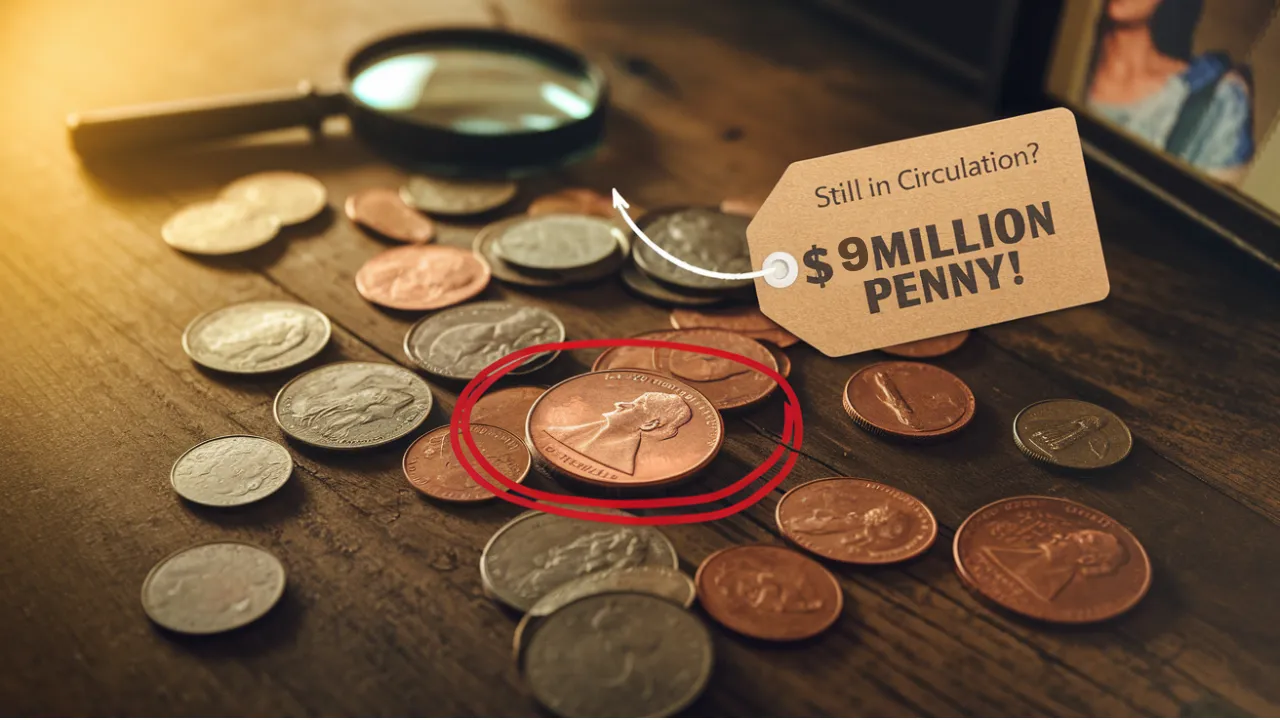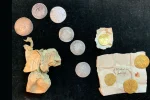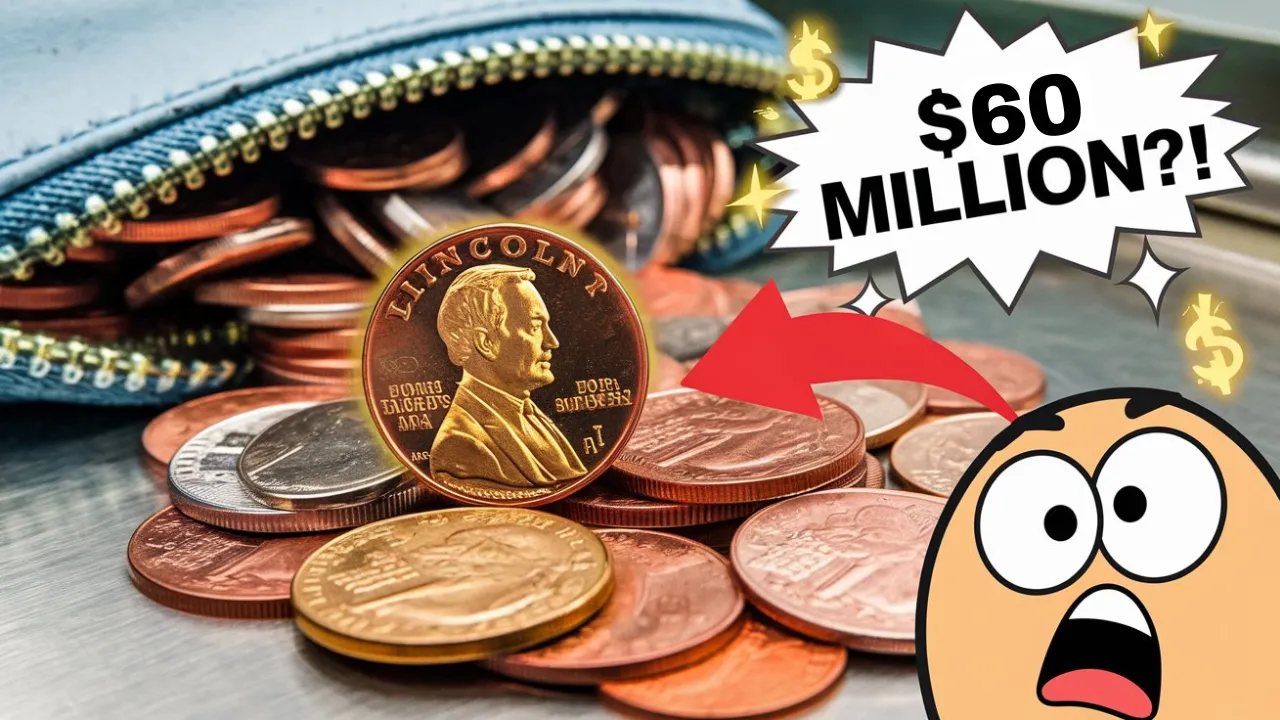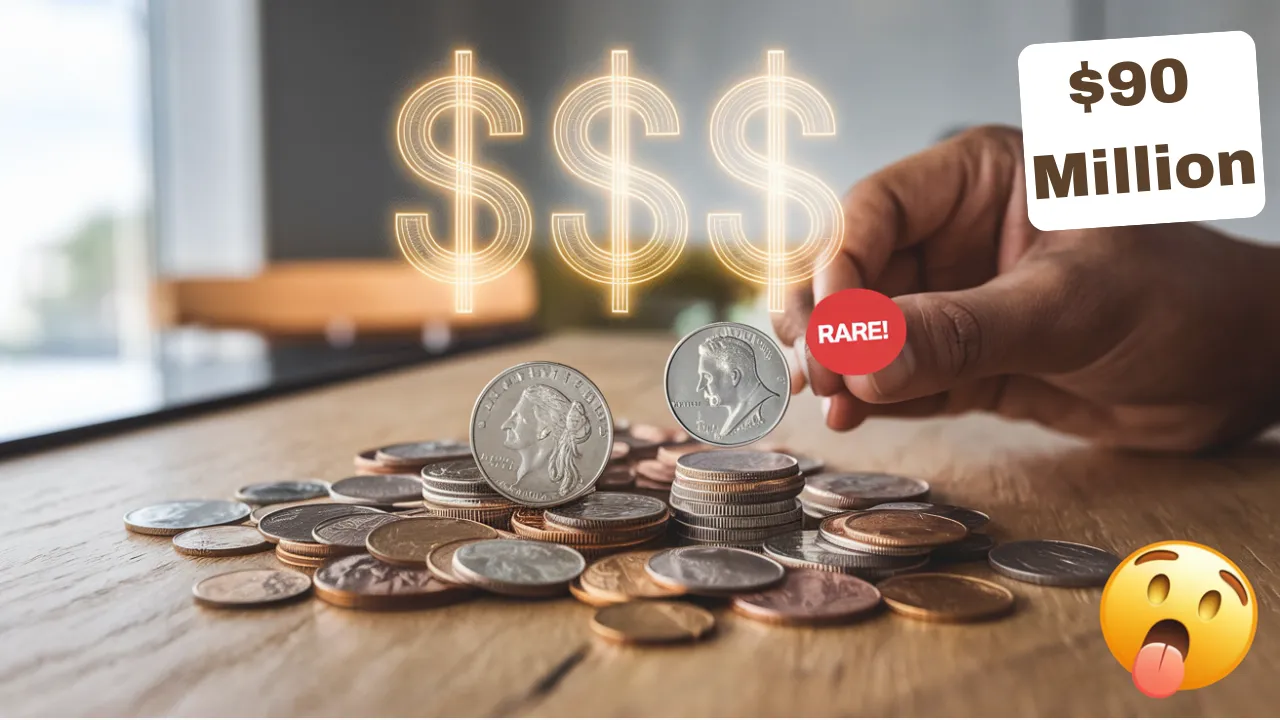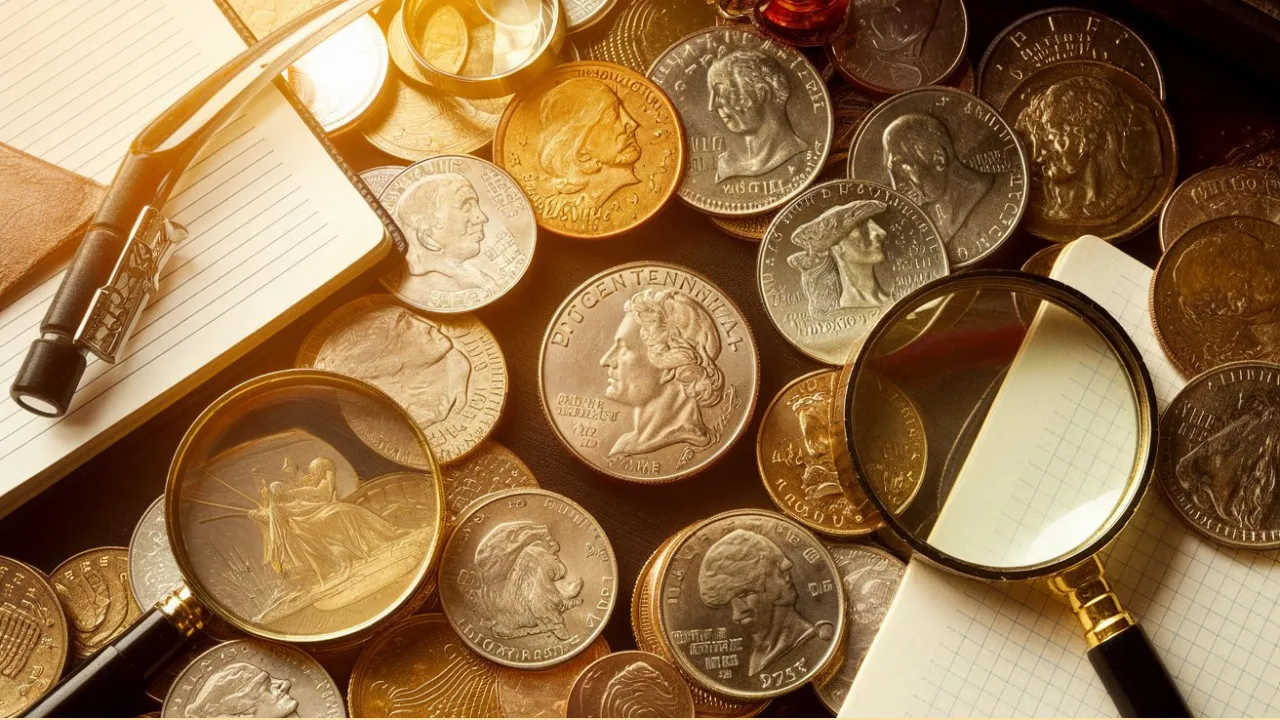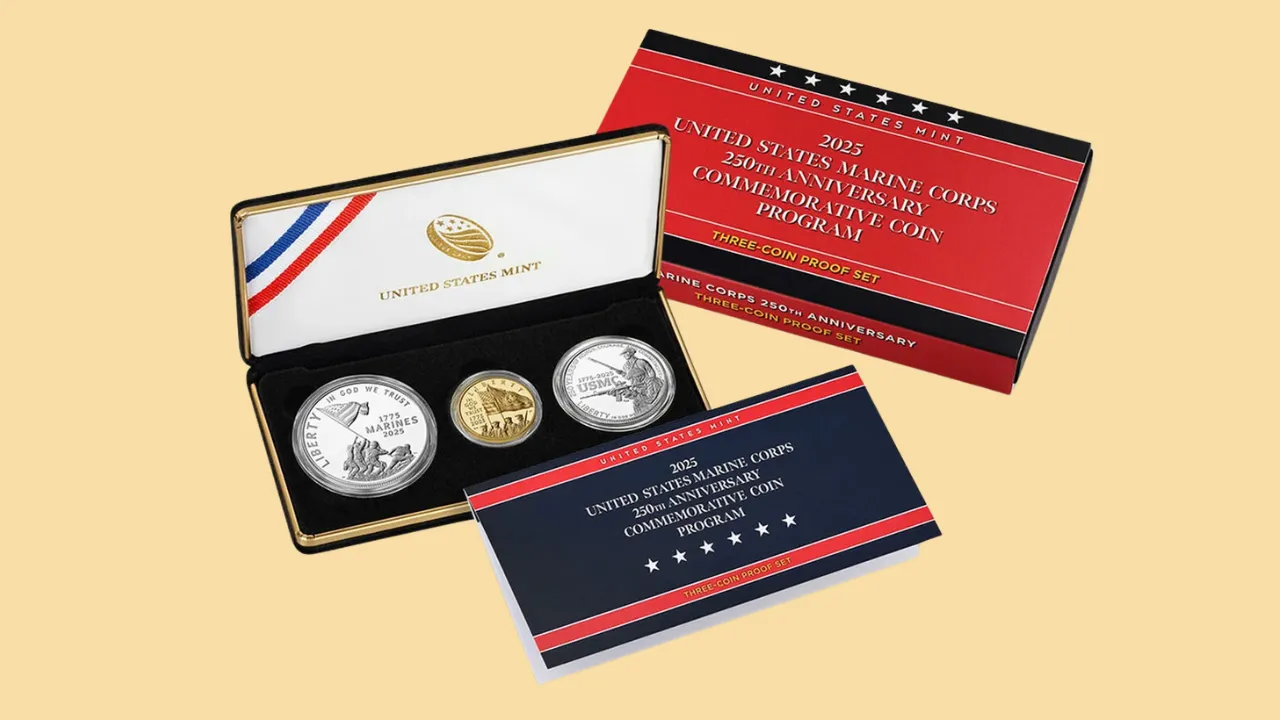The Lincoln Wheat Penny Valued at $9 Million: The Lincoln Wheat Penny is one of the most iconic coins in American history, celebrated for its rich legacy and symbolic design. Minted between 1909 and 1958, this penny has become a favorite among coin collectors worldwide. However, among the millions of these pennies minted, one rare version—the 1943 Copper Lincoln Wheat Penny—has shocked collectors with its astonishing $9 million value.
But what makes this tiny copper coin so incredibly valuable? How did an ordinary penny turn into one of the most sought-after treasures in numismatic history? In this article, we’ll explore the story behind the Lincoln Wheat Penny, the mystery of the 1943 Copper variant, and how you might identify one if you’re lucky enough to stumble upon it.
Quick Facts About the $9 Million Lincoln Wheat Penny
| Feature | Details |
| Coin Name | Lincoln Wheat Penny |
| Mint Year | 1943 (Copper Variant) |
| Production Error | Struck on copper instead of steel |
| Estimated Quantity | Around 20 coins exist |
| Highest Auction Value | $9 Million |
| Historical Importance | Produced during WWII copper shortages |
| Identification Method | Magnet test, weight check, professional appraisal |
The History Behind the Lincoln Wheat Penny
The Lincoln Wheat Penny was first introduced in 1909 to celebrate the 100th anniversary of Abraham Lincoln’s birth. Designed by Victor David Brenner, this coin became the first U.S. currency to feature a president’s portrait.
The coin’s design showcases Lincoln’s profile on the front (obverse) and two wheat stalks framing the words “One Cent” on the back (reverse). These stalks symbolize prosperity and the nation’s agricultural heritage.
Minted for nearly five decades, the Lincoln Wheat Penny remains a significant piece of American history. However, one particular version—the 1943 Copper Lincoln Wheat Penny—has become the crown jewel of coin collecting due to a rare minting error.
The $9 Million Rarity: The 1943 Copper Lincoln Wheat Penny
In 1943, during World War II, copper was heavily rationed to support military equipment production. As a result, the U.S. Mint switched from copper to zinc-coated steel for penny production.
However, by accident, a few leftover copper planchets from 1942 were used to mint pennies in 1943. This unintentional mistake resulted in the creation of an estimated 20 copper pennies from that year.
One of these rare pennies later sold for a jaw-dropping $9 million at auction, making it one of the most valuable coins in history.
What Makes the 1943 Copper Lincoln Wheat Penny So Valuable?
The value of the 1943 Copper Lincoln Wheat Penny isn’t just about its rarity—it’s about its story and historical significance. Here’s why this penny is worth millions:
- Minting Error: It was mistakenly struck on copper instead of steel, making it extremely rare.
- Historical Context: The coin represents a wartime era marked by resource conservation.
- Collector Demand: Its scarcity drives enormous interest among coin enthusiasts.
- Condition: Well-preserved versions of this coin command higher prices at auctions.
These combined factors make the 1943 Copper Lincoln Wheat Penny a prized possession for numismatists and investors alike.
How Did the 1943 Copper Penny End Up in Circulation?
The 1943 Copper Lincoln Wheat Penny likely slipped into circulation unnoticed amidst the chaos of wartime production. With millions of coins being minted daily, it’s easy to see how a small batch of copper pennies could go undetected.
These coins were probably mixed with the zinc-coated steel pennies and circulated in regular transactions. It wasn’t until years later, when coin collectors started examining these pennies closely, that the error was discovered.
Today, many of these rare pennies are held in private collections or museums, but there’s still a slim chance one could be hiding in your pocket change.
How to Identify a Rare 1943 Copper Lincoln Wheat Penny
If you’ve got a 1943 Lincoln Wheat Penny, it’s time to check if it’s the copper variant. Here’s how you can verify it:
- Magnet Test: Steel pennies are magnetic, while copper pennies are not. If your penny doesn’t stick to a magnet, you might have a copper version.
- Check the Date: Make sure the date “1943” looks genuine and hasn’t been altered.
- Weigh the Coin: Copper pennies weigh 3.11 grams, while steel pennies weigh 2.7 grams.
- Get Professional Help: For certainty, consult a certified numismatist or coin grading service for verification.
If your penny passes these tests, you could be holding a fortune in your hands!
Why Collectors Are Obsessed with the Lincoln Wheat Penny
The Lincoln Wheat Penny is more than just an old coin—it’s a piece of American history. Here’s why collectors love it:
- Historical Significance: It was minted during key moments in U.S. history, including wartime periods.
- Rarity: Coins like the 1943 Copper Lincoln Wheat Penny are incredibly rare and valuable.
- Cultural Icon: It symbolizes a bygone era and remains a staple in U.S. coin collections.
For collectors, owning a Lincoln Wheat Penny—especially the copper variant—is not just about value; it’s about preserving a historical artifact.
FAQs About the $9 Million Lincoln Wheat Penny
1. What is the Lincoln Wheat Penny?
It’s a U.S. one-cent coin minted from 1909 to 1958, featuring Abraham Lincoln and two wheat stalks on its design.
2. Why is the 1943 Copper Lincoln Wheat Penny so valuable?
Its value comes from an accidental minting error, extreme rarity, and historical significance.
3. How many 1943 Copper Pennies exist?
It’s estimated that only about 20 of these coins remain in existence today.
4. How can I check if my 1943 penny is copper?
Use a magnet test or weigh the coin—it should weigh 3.11 grams if it’s copper.
5. Can I still find a 1943 Copper Penny in circulation?
While rare, it’s still possible to find one in old coin collections or inherited change jars.
Final Thoughts
The Lincoln Wheat Penny, especially the 1943 Copper variant, continues to capture the imagination of collectors and treasure hunters. Its incredible value and fascinating history remind us that even the smallest items can carry immense worth.
So, the next time you find an old penny in your change, take a closer look—you might just have a $9 million Lincoln Wheat Penny in your hand!
Have you ever discovered a rare coin? Share your story in the comments below, and don’t forget to explore more about rare coins on our site!
